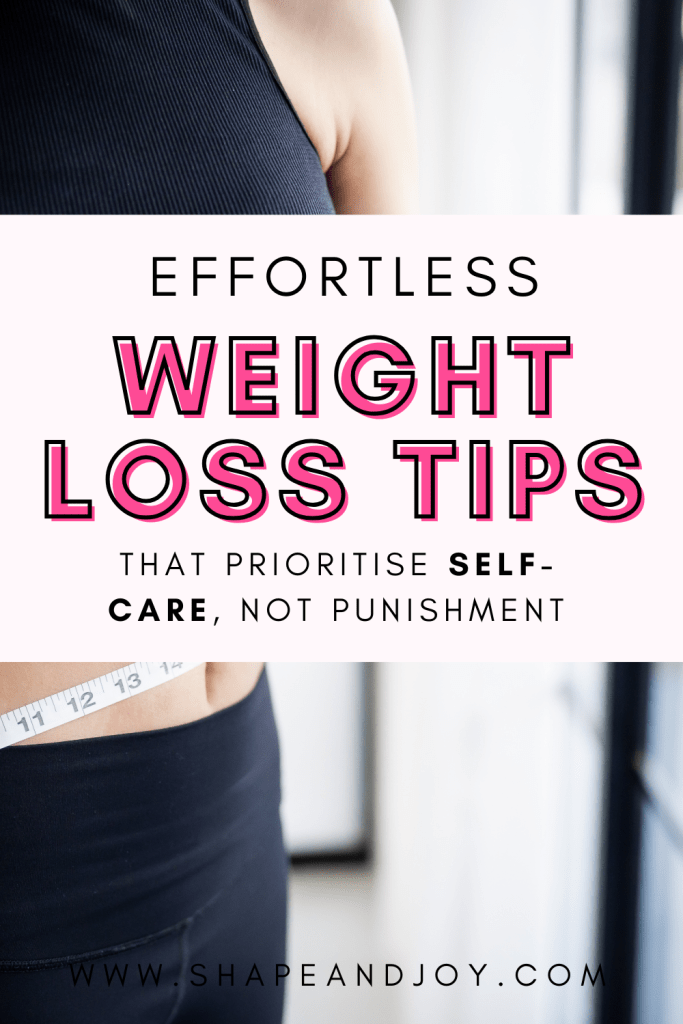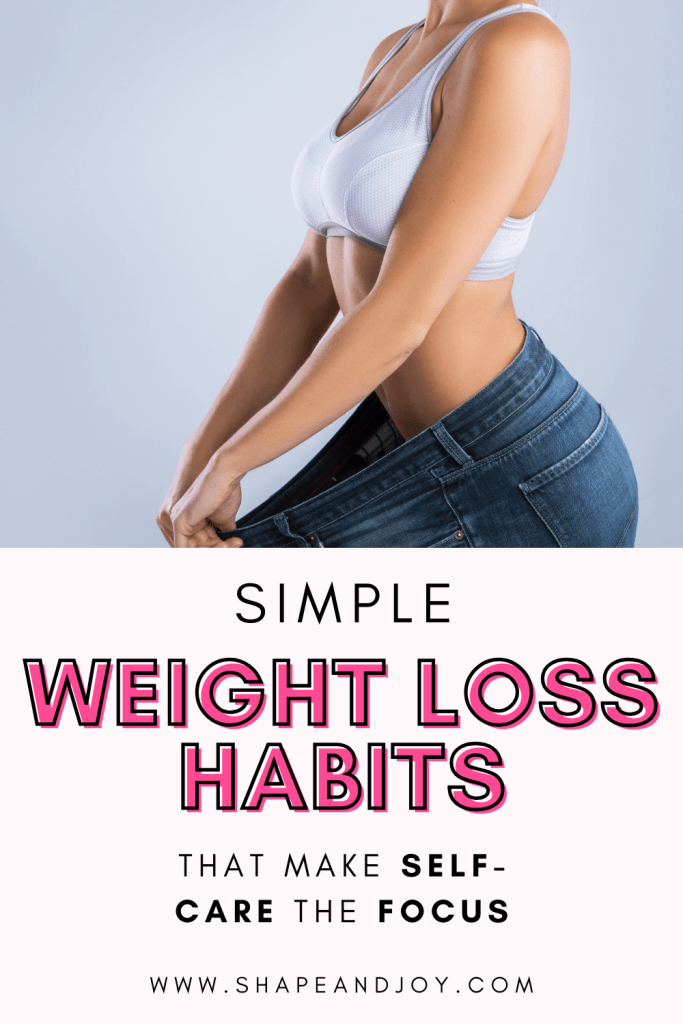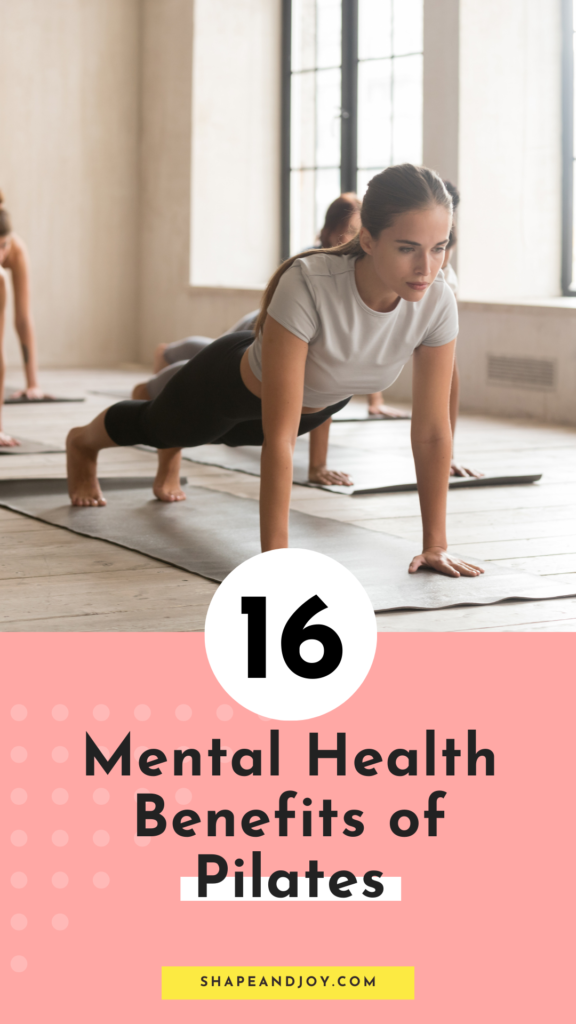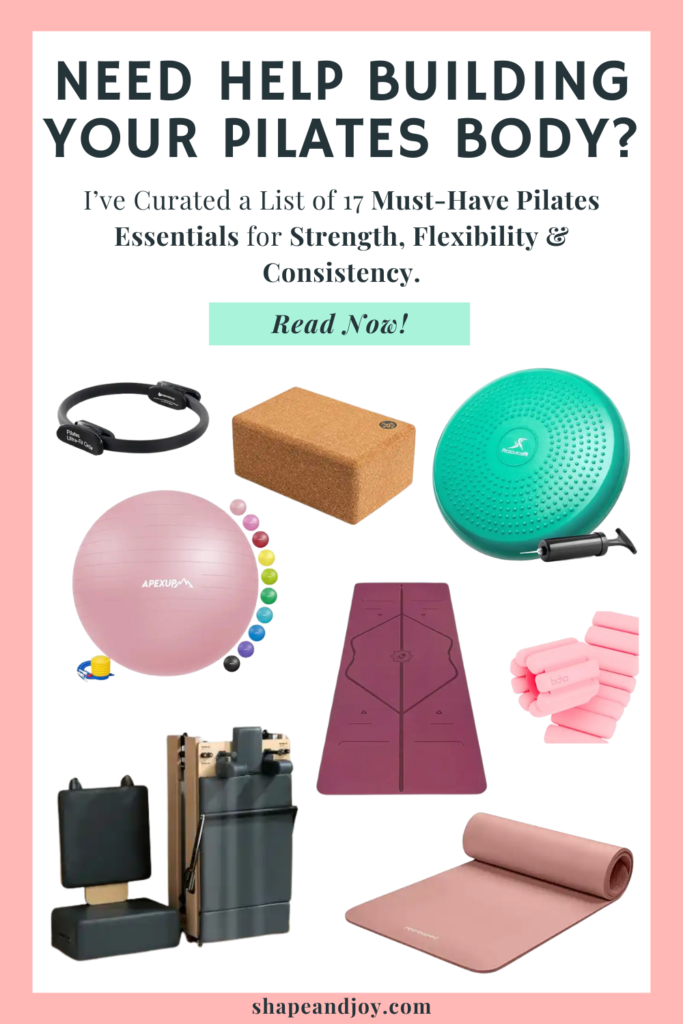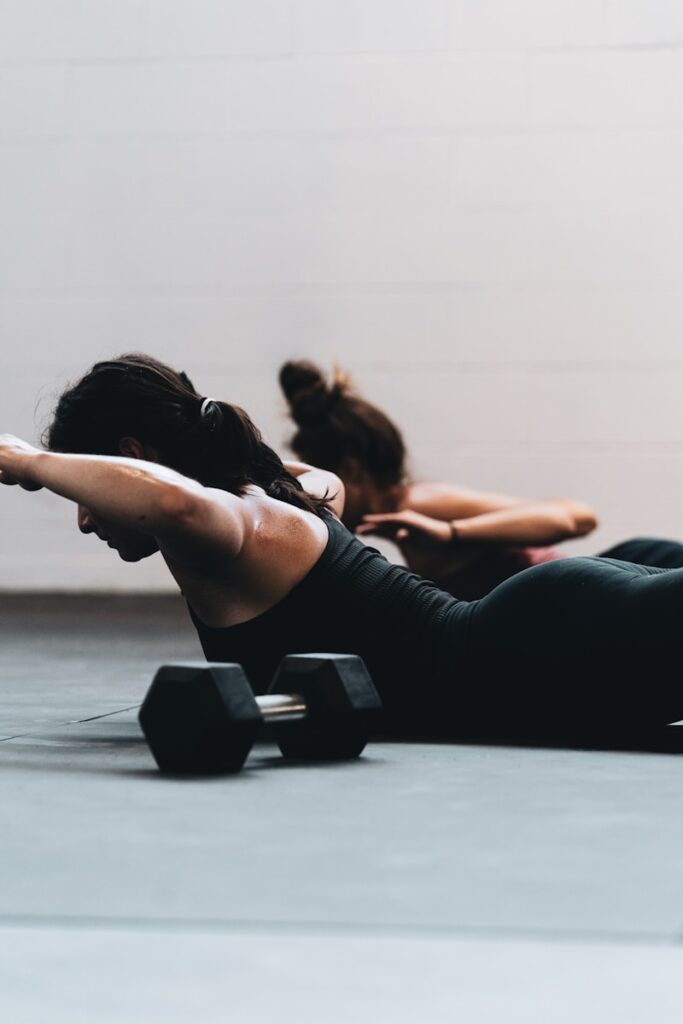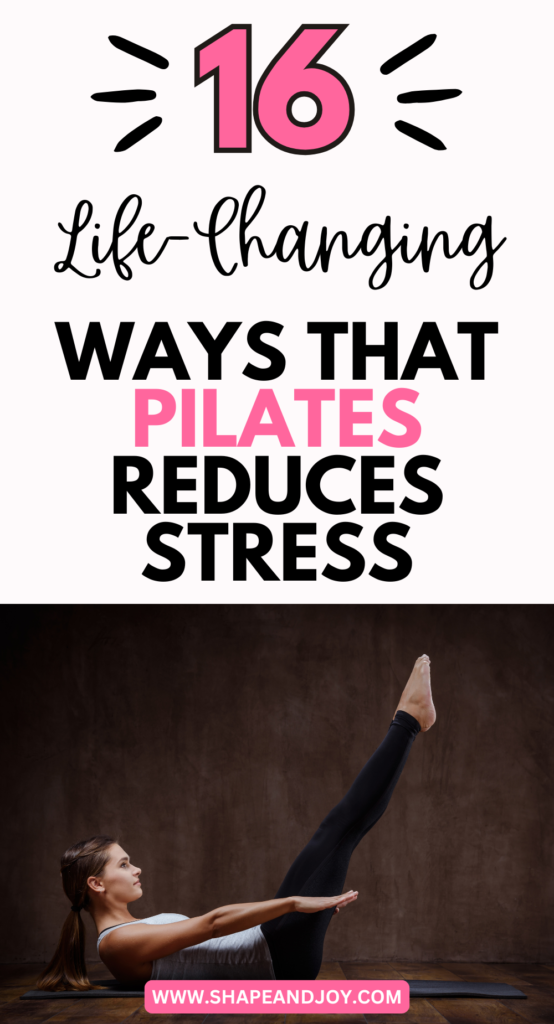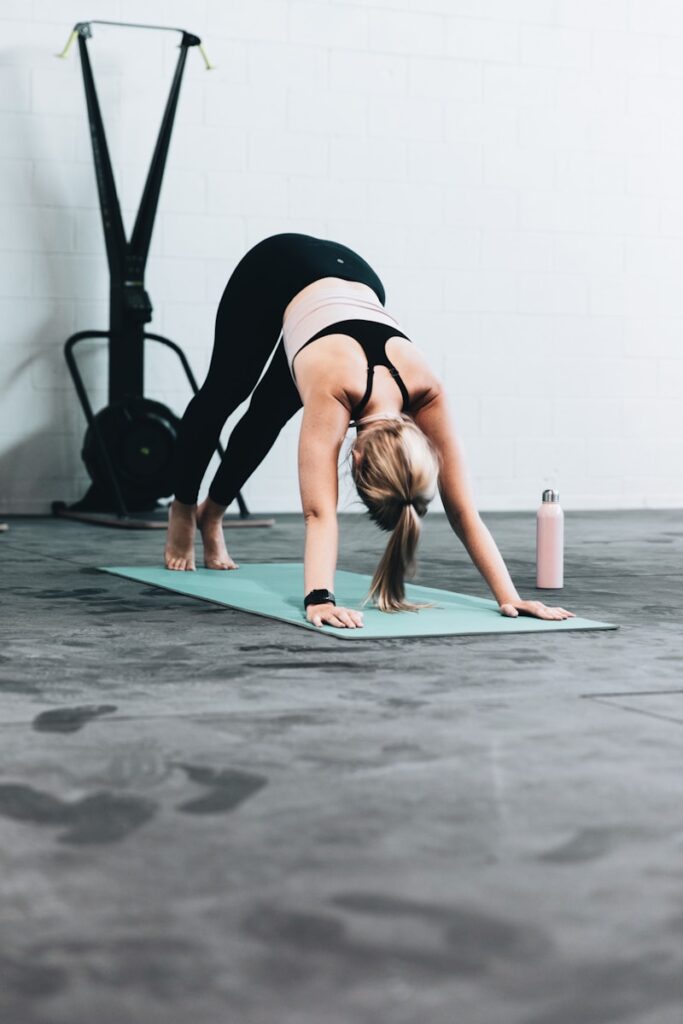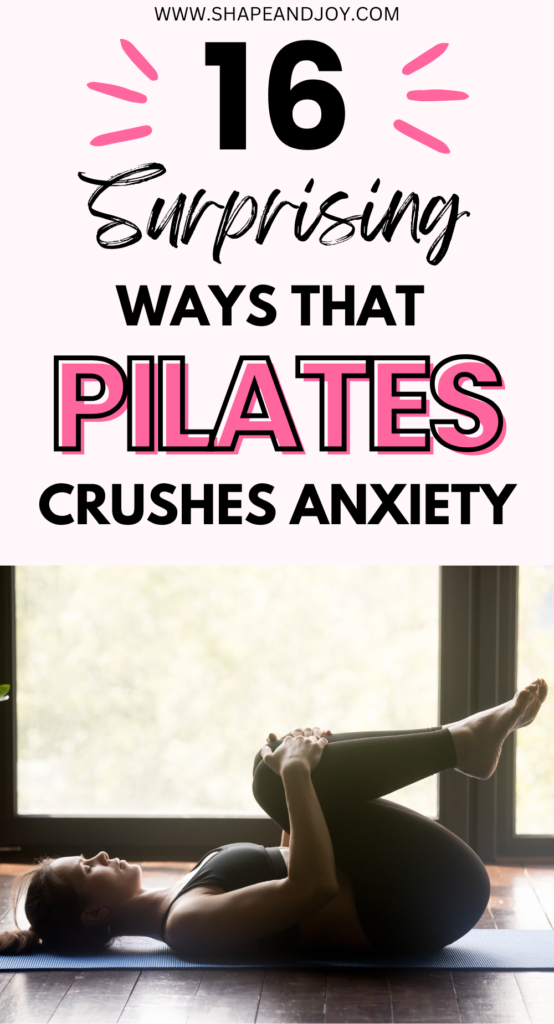How to Reset Your Life When You’re Feeling Stuck

So far in this series, we’ve talked about prioritising yourself without guilt, how self-care supports sustainable weight loss, and even how to make exercise feel like self-care instead of punishment. But what about those moments when you feel completely stuck? Like you need to completely reset your life.
Maybe your motivation has disappeared. Or your routine has gone out the window. Maybe you feel like you’ve been in the same place for too long, and you’re desperate for a change but don’t know where to start.
I’ve been there. So many times.
After losing 80lbs, I thought I had everything figured out—until I hit a wall. There were days when I felt unmotivated, frustrated, and just plain stuck. But instead of waiting for motivation to magically return, I learned how to reset my life in a way that actually worked.
If you feel like you’re stuck in a rut and need a fresh start, here’s how to press reset—without overwhelming yourself.
- 1. Do a Mindset Refresh (Because Your Thoughts Matter More Than You Think)
- 2. Clean Up Your Space (Because Chaos = Mental Clutter)
- 3. Reset Your Body With Hydration & Movement
- 4. Do a Digital Detox (Even Just for an Hour)
- 5. Reset Your Nutrition (Without Overhauling Everything)
- 6. Get Back Into a Routine (Gently, No All-Or-Nothing Thinking Allowed)
- 7. Romanticise the Reset (Because It’s More Fun That Way)
- 8. Let Go of the “I Have to Start Over” Mindset
- Final Thoughts: Your Self-Care Reset Starts Now
1. Do a Mindset Refresh (Because Your Thoughts Matter More Than You Think)
Let’s start with the most important reset—your mindset. If you’re constantly thinking, “What’s the point?” or “I’ll never be able to change,” you’re setting yourself up to stay stuck.
This is where growth mindset and identity shifts come in. If you see yourself as someone who “always fails” or someone who’s “not the type of person who works out, eats healthy, or prioritises self-care,” then of course it’s hard to make lasting changes.
Your identity shapes your actions.
Instead of waiting to feel motivated, act as if you’re already the person you want to become.
- Want to be someone who exercises regularly? Move your body today, even for five minutes.
- Want to be someone who eats healthier? Make your next meal balanced, not perfect.
- Want to be someone who prioritises themselves? Take five minutes for yourself right now.
Your thoughts shape your actions, and your actions reinforce your identity. Act like the version of you who has it together—even if you don’t feel like it yet.
This is exactly what I dive into in my upcoming IAGAM Framework ebook—where I break down how Identity, Action, Growth, Achievement, and Mindset work together to help you create lasting change. If you’ve ever struggled with self-sabotage, motivation, or feeling stuck, this framework will help you shift your identity and finally build the habits that stick.
Sign up for my newsletter for updates on that!

2. Clean Up Your Space (Because Chaos = Mental Clutter)
You know that weirdly satisfying feeling of walking into a clean, fresh space? That’s because your environment affects your mindset.
If you’re feeling stuck, start small:
- Make your bed (instant reset)
- Tidy up one small area (your desk, bedside table, or bathroom counter)
- Do a five-minute declutter (set a timer, clean whatever you can)
- Switch up your space (move furniture, add a candle, make it feel fresh)
A home Sunday reset routine can work wonders for getting back on track.

3. Reset Your Body With Hydration & Movement
When I feel stuck, the first thing I ask myself is: have I had water today? Have I moved my body?
Hydration and movement = instant energy boost.
- Drink a big glass of water (add lemon for ✨that girl✨ reset vibes).
- Get outside for five minutes (fresh air does wonders).
- Stretch, dance, or walk—literally any movement counts.
📌 Pin this for later! ⬇

4. Do a Digital Detox (Even Just for an Hour)
If you’ve been glued to your phone, doomscrolling, or binge-watching Netflix for hours (guilty), it might be time for a mini digital detox.
Try this:
- Put your phone on “do not disturb” for 30 minutes
- Clear your notifications (or mute the ones that stress you out)
- Unfollow accounts that make you feel bad
- Swap screen time for something offline (reading, journaling, a bath, anything)
- Switch your phone screen to greyscale—you’d be surprised how much less appealing it looks.

5. Reset Your Nutrition (Without Overhauling Everything)
If you’ve been living off takeout, snacks, and whatever’s easiest, you don’t need a massive diet overhaul—just a simple reset.
- Add protein to your meals (keeps you full, helps with energy)
- Eat a colourful meal today (because nutrition doesn’t have to be boring)
- Plan one easy meal for tomorrow (future you will thank you)
- Stock up on grab-and-go healthy snacks (make it easy for yourself)

6. Get Back Into a Routine (Gently, No All-Or-Nothing Thinking Allowed)
If your routine has fallen apart (been there), the worst thing you can do is try to restart everything at once. Instead, pick one small habit and build from there.
- Morning routine feeling off? Start with one thing (hydration, movement, or getting dressed).
- Haven’t exercised in weeks? Do five minutes of movement today—no pressure, no guilt.
- Feeling unproductive? Pick one task and finish it (even if it’s just answering an email).
Want a simple rule to keep moving forward without the pressure? Check out The 1% Rule: How to Better Yourself Every Day Without Overwhelm.

7. Romanticise the Reset (Because It’s More Fun That Way)
Here’s a secret: the easiest way to stay consistent is to make things feel special.
Turn your reset into a whole vibe:
- Light a candle or put on fairy lights
- Make a playlist that hypes you up
- Get cosy with a self-care routine (shower, skincare, fresh PJs = ultimate reset)
- Treat yourself after completing a task (because rewards work)
If you enjoy the process, you’ll actually stick with it.

8. Let Go of the “I Have to Start Over” Mindset
One of the biggest mistakes I used to make? Thinking I had to “start over” every time I fell off track.
Here’s the truth: You’re not starting over—you’re just picking up where you left off.
- If you skipped a few workouts, do one today.
- If your nutrition has been off, make your next meal a balanced one.
- If your routine fell apart, restart one habit and build from there.
Progress isn’t linear. Stop waiting for the perfect moment—just start now.
Low-Effort Self-Care
Want to upgrade your self-care without the stress? This series is all about realistic, low-effort self-care that actually fits into your life—no guilt, no overwhelm, just small changes that make a big difference.
Explore the full Lazy Girl Self-Care Series:
- The Lazy Girl’s Guide to Self-Care: How to Feel Better with Minimal Effort
- The Best 5-Minute Self-Care Hacks for Busy Women
- How to Create a Self-Care Routine That You Actually Stick To
- How to Practice Mindfulness Without Meditating for Hours
- The Best Self-Care Ideas for When You’re Burnt Out
- How to Make Exercise Feel Like Self-Care (Not a Punishment)
- The Connection Between Self-Care & Sustainable Weight Loss
- How to Prioritise Yourself Without Feeling Guilty
- How to Reset Your Life When You’re Feeling Stuck
Pick one, start small, and give yourself permission to make self-care easy.
Final Thoughts: Your Self-Care Reset Starts Now
We’ve covered so much in this series—from lazy girl self-care, to quick self-care hacks, to making self-care a lifestyle instead of an afterthought and now how to reset your life.
Here’s what I hope you take away:
- Self-care isn’t selfish—it’s necessary.
- Taking care of yourself makes everything else easier.
- Small, sustainable habits will always beat extreme plans.
So, whether you need to reset your routine, refocus on your goals, or simply remind yourself that you matter, I hope this series has helped.
Thank you for being here, for showing up for yourself, and for taking steps—big or small—towards a happier, healthier you.
You’ve got this.
📌 Pin this for later! ⬇








